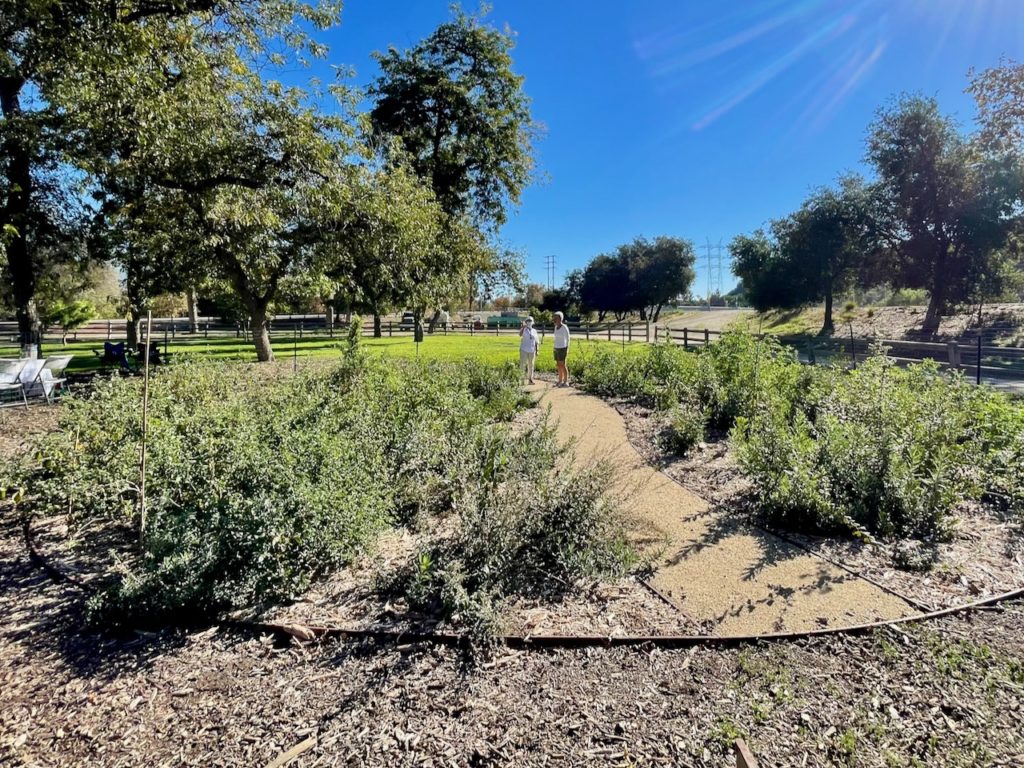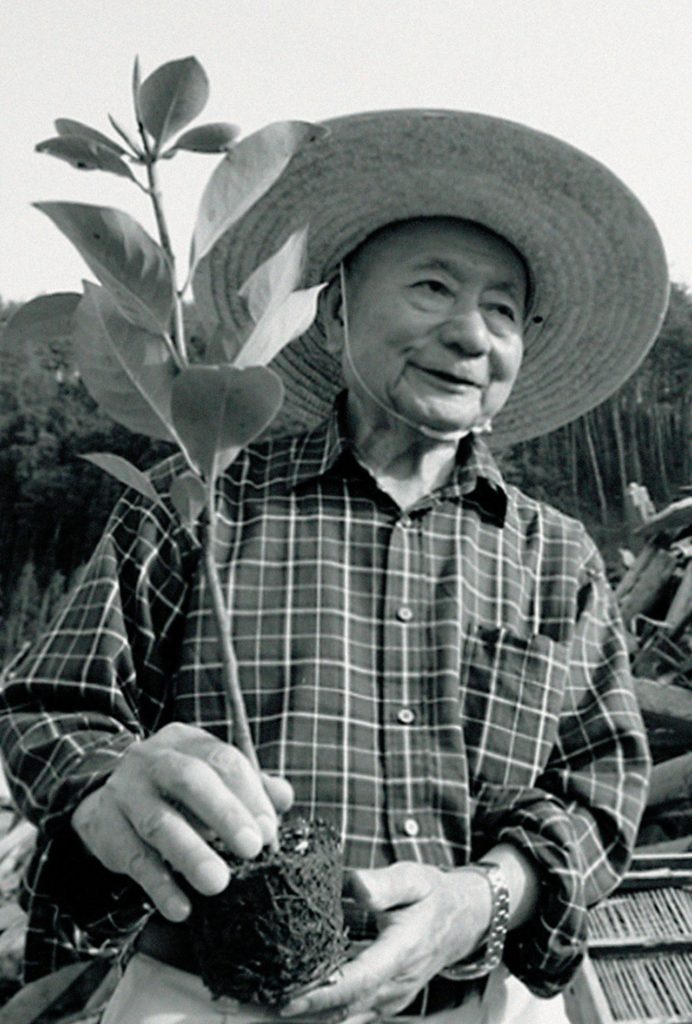Planning Our Days

Do you find yourself in E. B. White’s quandary?
It’s hard to know when to respond to the seductiveness of the world and when to respond to its challenge. If the world were merely seductive, that would be easy. If it were merely challenging, that would be no problem. But I arise in the morning torn between the desire to improve the world and a desire to enjoy the world. This makes it hard to plan the day.
I do, too, and it does make it hard to plan the day!
Today, however, I’m going to try to do both. I’m going to enjoy the world because I see we are finally about to do something major to save the earth and its creatures. The new bill already passed by Congress and signed by the President by the time you see this is the most significant United States government bill ever to confront climate change. It’s not perfect by any means, but it makes my heart sing. There just might be a world left out there to enjoy after all.
Of course, it took catastrophic climate events to make this happen. It’s so tempting to wring our hands and say why did we not listen to the early warnings – I remember them from the 1970’s Earth Days and before – and not let it come to this point, this destruction and devastation.
I guess that last sentence puts a period on the “enjoy” part of my day and begins its “challenge.” It also brings me back to our focus here: confronting and changing the destructive, devastating aspects of our patriarchal Church. Can we and others like us issue warnings in time and, unlike those of so many environmentalists over the years, have them listened to and acted on before the metaphorical flames and droughts and floods that roil about it consume the Church entirely, including the aspects we once loved and maybe still do?
I think that’s why we do what we still do, continue with the warnings, the witnesses, the revelations and revisions, the writings and protests and speeches, and, most creatively I think, the offering up of examples of alternative ways of being Church. We’re still doing the small things we hope will make a big impact before it’s too late. And we’re not giving up.
Here’s a small story from a news outlet KCRW in Los Angeles that I thought could serve as a kind of parable for us. It is called How micro forests can make the air cleaner and LA greener written by Zoie Matthew and produced by Giuliana Mayo on August. 10, 2022. It began:
Temperatures have been soaring in LA for much of this week, and it seems like the days will keep getting hotter. With climate change happening, and concerns about loss of habitat for creatures big and small, some folks are looking for little ways to make a big impact.
We are also some of those “folks looking for little ways to make a big impact,” I thought. Please continue:
Enter micro forests. At their smallest, they’re 10 foot by 10 foot, planted in urban areas with diverse native trees and shrubs to help provide wildlife habitats and clean the air.
With a bit of ground space, therefore, you can plant micro forests anywhere, even in a backyard. In fact, according to native plant horticulturist and educator Katherine Pakradouni who created the first micro forest in LA now flourishing in Griffith Park:
While these micro forests might be small, planting a large number of them could go a long way in solving our climate and biodiversity crises.
Even more fun, the program referred us to an easy guide to creating the micro forest thanks to its originator, and Pakradouni’s inspiration, Akira Miyawaki. He is a Japanese botanist and expert in plant ecology and active worldwide as a specialist in the restoration of natural vegetation on degraded land. He and his method of creating micro forests have earned him numerous prizes and accolades. I love how he describes himself:
Well, you know what, so will we. I’d like to think we would also plant trees (Do take a look at his method!), but we will definitely work – creatively as he and Katherine Pakradouni have done – for the next thirty years or more to plant and grow the seeds of transformation, renewal, and new life into our Church and world.
If you think about it, this is what has and will make our days both seductively enjoyable and energizingly challenging along the way no matter how we plan them.


2 Responses
On the ***consubstantial*** complementarity of man and woman:
http://www.pelicanweb.org/solisustv18n08page24.html
Note the ***social and ecological repercussions*** of religious patriarchy.
Ellie, thank you for this gentle and good news. We have been involved here in Southeast Wisconsin with tree planting in Wisconsin’s only urban state forest, called Havenwoods. Ask any urban forester (better yet invite one to a group you belong to) how important trees are, the multiple ways that trees “serve” humanity as well as birds, animals, insects in their natural life cycle and even after the sap stops flowing. B